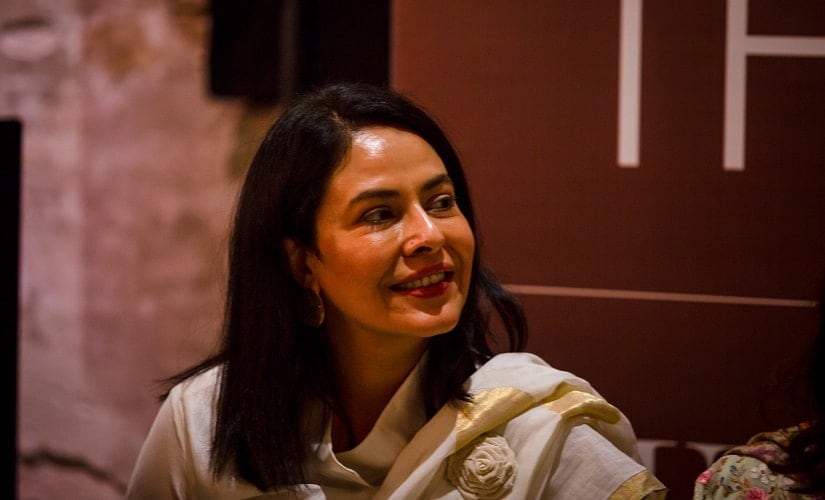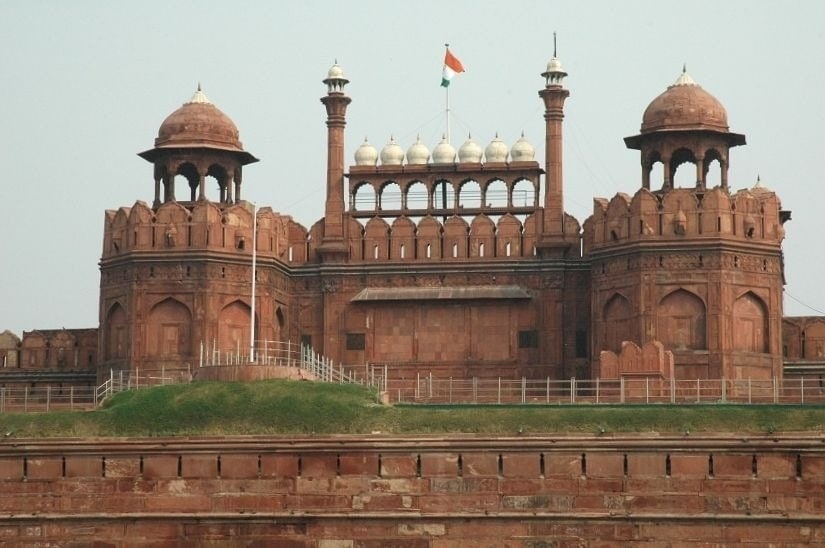India’s return to the Venice Biennale, in the form of a Gandhi-themed national pavilion exhibition, after an eight-year hiatus has put the spotlight on the Confederation of Indian Industry’s (CII) Taskforce on Art and Culture. Headed by Tarana Sawhney as its chairperson, the taskforce was setup in 2018 to widen the sector’s representation through public-private partnerships. The taskforce played a major role in the Indian pavilion’s revival, as it brought together a disparate group of private and public players in a major milestone for the Indian art and cultural sector internationally. Other than the CII as one of the organisers, the pavilion was spearheaded by the Ministry of Culture, with the National Gallery of Modern Art as the project commissioner, and the Kiran Nadar Museum of Art as the principal partner and curator, under its director Roobina Karode. Inaugurated on 11 May, the 58th edition of Venice Biennale, titled “May you live in interesting times”, concludes on 24 November. As the chorus in India grows louder for uninterrupted participation at Venice Biennale, with philanthropist Kiran Nadar saying India’s return to the world’s oldest international art exhibition has become a blueprint for future India pavilions, the country’s arts sector also invites critical attention. In a conversation with this writer, Sawhney, a lawyer-turned-arts-patron, discusses a range of teething challenges faced by the arts in India, from export/import bottlenecks to the lack of clarity about incentives for private investors. What are the big areas in visual arts that the taskforce is focusing on? The strength of CII is to speak collectively as an industry and have a close association with the government. Across the CII, there are more than 5,200 projects with different ministries in the government. This was missing in the culture ministry. Also, there have been very few industry and public partnerships. The focus of the taskforce would be public-private partnership, helping economies of the sector by talking about tax, licensing policies that need to be eased, whether it is import or export of art. Right now, it is very difficult not only to bring antiquities back into India, it is actually very difficult to buy art abroad and bring it here. If works have to be lent from our national museums, the mechanisms of insurance or shipping are cumbersome. There is a lack of clarity about these issues, which we want to focus on. [caption id=“attachment_7609991” align=“alignnone” width=“825”]  Tarana Sawhney, Chairperson, CII Taskforce on Art and Culture.[/caption] Within the public-private partnerships space, it seems that private players want more government and policy-based support, while the government says it needs more support from the private sector. It seems that the ball is being tossed back and forth from one court into another. I don’t think it is throwing a ball in each other’s court. I feel both sectors have reached almost a saturation of what they can achieve. And by no means I am saying what they have achieved is insignificant. As a private patron, I know how much I am asked almost on a daily basis to support something or the other. It is not sustainable. What is sustainable is corporate social responsibility (CSR). All over the world, it’s the corporates who have taken it forward. What are the measures you have in mind to increase CSR investment in the sector? There needs to be clarity about the incentives that corporates have when an organisation supports an art and culture scheme. We all know that the government has launched the adopt-a-heritage scheme. It is a great platform. But where is the full information available on it? Is it easy to do it? Can you go on one website and fill up one simple document? Or do you have to take permission from different authorities? The process of helping [an art and heritage scheme] should not be cumbersome for corporates. It has to be a mutual handholding from both the sides. But even adopting a monument by a private player, as seen in the Red Fort-Dalmia Bharat controversy, triggered a lot of concerns, especially by historians. What are the wider implications of such a project? [caption id=“attachment_7610051” align=“alignnone” width=“825”]  Red Fort.[/caption] If the only way national monuments can be preserved and conserved is through private patronage, I don’t think anyone should have a problem with that – if that is the only choice. I believe the questions have been raised by people who don’t have clarity [about the project]. Does adopting a monument mean that you are in control of its branding? I don’t think so. Does adopting a monument mean that all you are doing is helping its heritage and conservation in the organic and visual way that it should be done? That is probably the government’s plan. But again, there is no clarity on what adopting a monument means. Does the taskforce have a vision for increasing footfalls in museums and galleries? To be honest, I don’t think it is the taskforce’s job to bring more people into museums. But we would want to look at how we can help the government get more visitors. Quite simply, improve the quality. You have the treasures, but there is a lack of infrastructure to view them, and to that effect if we can involve the private industry, either in supporting and improving their infrastructure in terms of human resources or by simply adopting a gallery – that is something the CII could play a role in. All major museums and public institutions abroad now have a very strong department of development. There are people who are employed to bring in more visitors and funding. The mechanism is obviously working out to be very effective, not only for private museums abroad, but also at state museums like the Tate and the Met. Those are expert recommendations that one could share with the government. In the last few months there have been conferences in Delhi, Mumbai and Bengaluru, focusing on the challenges faced by arts professionals in India. These challenges include lack of training programs, formalised pay structures and other issues related to the working conditions in the arts and cultural sector. Do these concerns fall under the purview of the taskforce? At CII, because we are so new, we really need to look at it from a macro-level. Within six months of our formation, we have managed the India Pavilion at the Venice Biennale. When economics of the sector improve, which may take longer than we had envisioned because of the state of the economy, I think the organisation of the sector will fall through.
India’s return to the Venice Biennale, in the form of a Gandhi-themed pavilion exhibition, has put the spotlight on the CII’s Taskforce on Art and Culture.
Advertisement
End of Article


)
)
)
)
)
)
)
)
)



